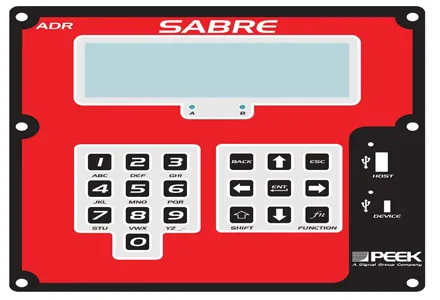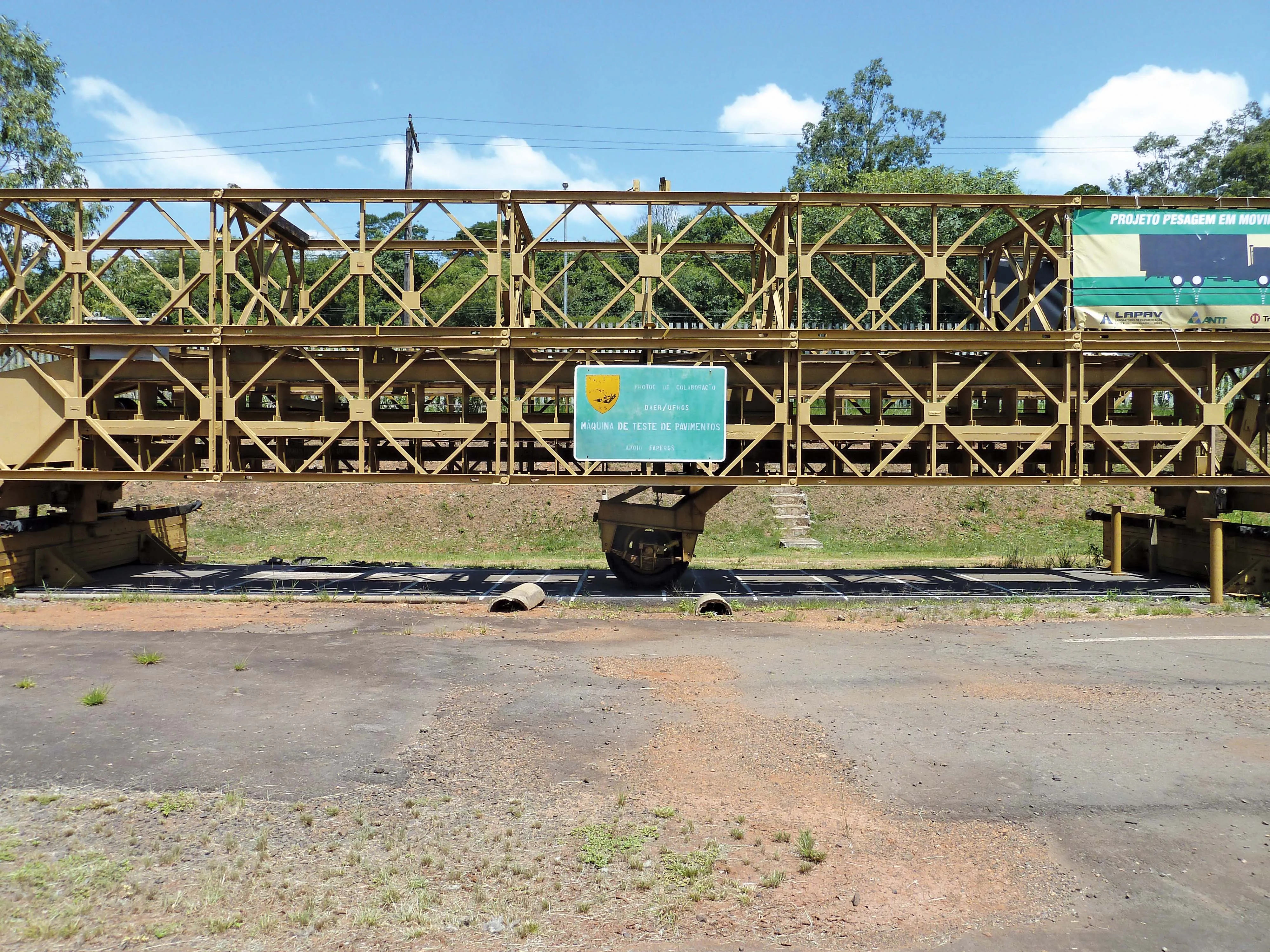Peek Traffic’s new ADR SABRE is said by the company to herald a new standard for high performance, portable vehicle counter/classifiers. Described as demonstrating unmatched versatility and accuracy for a wide range of highly effective vehicle traffic studies, SABRE’s features include high speed electronics for outstanding vehicle classification accuracy, and high precision data such as vehicle speed in increments of 0.01 mph.
Furthermore, a display screen with four times more capacity combined with a new
July 18, 2012
Read time: 2 mins

RSS6589 Peek Traffic Corporation’s new ADR SABRE is said by the company to herald a new standard for high performance, portable vehicle counter/classifiers.
Described as demonstrating unmatched versatility and accuracy for a wide range of highly effective vehicle traffic studies, SABRE’s features include high speed electronics for outstanding vehicle classification accuracy, and high precision data such as vehicle speed in increments of 0.01 mph.
Furthermore, a display screen with four times more capacity combined with a new interface menu is said to enable quick, easy setup and data monitoring. 16MB of permanent memory plus up to 4GB of optional memory support multiple simultaneous binned studies and extensive time stamped event recording. Very low energy consumption allows field use for months before recharge, significantly reducing labour and battery costs. USB interfaces allow simple, high speed transfer of study files for setup and data for post processing.
The successor to the PEEK ADR1000 Plus, said to be part of the most popular vehicle counter/classifier product family, SABRE is based on the robust engineering and ISO manufacturing practices of its predecessor.
Currently shipping the base SABRE with four road tube inputs, Peek said firmware and optional cabling will soon enable the same unit to support contact closure input. Also set to launch soon are options to assist high performance processing for loop sensors, WIM and other applications.
Described as demonstrating unmatched versatility and accuracy for a wide range of highly effective vehicle traffic studies, SABRE’s features include high speed electronics for outstanding vehicle classification accuracy, and high precision data such as vehicle speed in increments of 0.01 mph.
Furthermore, a display screen with four times more capacity combined with a new interface menu is said to enable quick, easy setup and data monitoring. 16MB of permanent memory plus up to 4GB of optional memory support multiple simultaneous binned studies and extensive time stamped event recording. Very low energy consumption allows field use for months before recharge, significantly reducing labour and battery costs. USB interfaces allow simple, high speed transfer of study files for setup and data for post processing.
The successor to the PEEK ADR1000 Plus, said to be part of the most popular vehicle counter/classifier product family, SABRE is based on the robust engineering and ISO manufacturing practices of its predecessor.
Currently shipping the base SABRE with four road tube inputs, Peek said firmware and optional cabling will soon enable the same unit to support contact closure input. Also set to launch soon are options to assist high performance processing for loop sensors, WIM and other applications.







